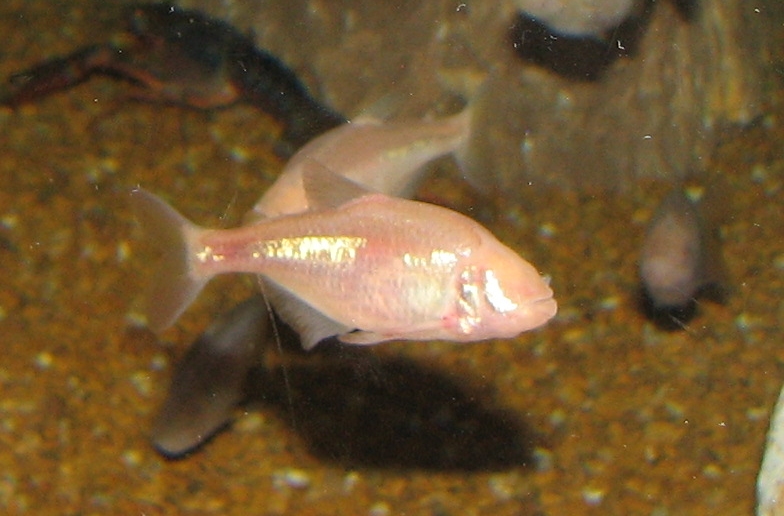
At least in fish, that is. New York University researchers led by Richard Borowsky noticed that blind cavefish seem to sleep a lot less than their non-cave dwelling species mates. Genetic analysis revealed just a few changes between the two subtypes.
To begin with, the researchers tested how long each subgroup of characin fish (Astyanax mexicanus) would normally sleep. These fish are found both in surface ponds and in cave ponds. The cavefish had been isolated in the dark long enough to exhibit physical changes, but could still mate with their surface-dwelling cousins.
The scientists used the metric of assuming a fish was asleep if it was still for a minute or longer, an observation that was corroborated by the slow response to tank tapping the fish exhibited after such a minute of not moving. They also deprived the fish of sleep for 24 hours by constantly agitating their tanks, and then observed how long the fish slept during the next day. Taken together, the researchers observed that the surface fish slept for over 800 minutes/day, whereas the cavefish slept for only about 110 to 250 minutes. Needless to say, that’s a significant decrease in sleep. Interestingly, surface-cave hybrids slept nearly as little as their purely cave-dwelling parents, indicating that a dominant gene or genes is responsible for decreasing sleep requirements.
This discovery comes on the heels of a 2009 report of the discovery of a gene responsible for the human ‘short sleep’ phenotype. Rare mutations in that gene (DEC2) enable its carriers to function alertly on about two hours less sleep per night than non-carriers. It’s not clear yet whether the same gene is involved in the fish sleep cycle.
It’s also not clear, at least to me, why the subgroup of fish that lives in the dark and seemingly has little to do all day but sleep is the one that sleeps so much less.
No comments:
Post a Comment